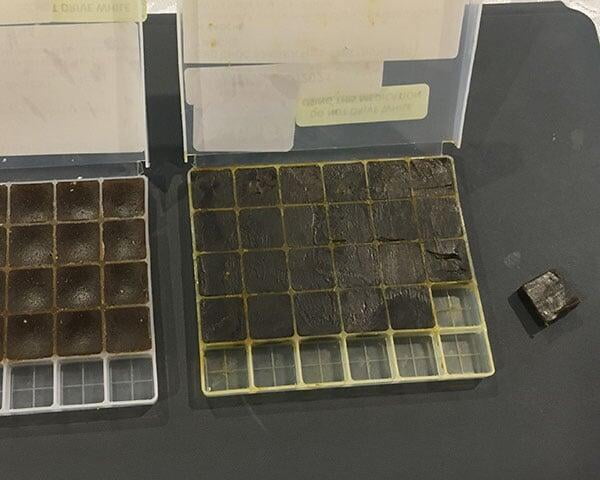Thank you Ben for your measured personal insight on your careful use of cannabis for pain following spinal cord impairment.
Your personal account raises some issues for us all – and maybe very necessarily opens up this can of worms.
It is important that we do this, but it is also tricky. We need to develop a balanced view so that people with spinal cord injury, and those prescribing and funding the use of medicinal cannabis, are well informed.
The legislation on medicinal cannabis seems to be ahead of the science and a spectrum of issues and views.
Here is some commentary on the topic from the Australian Pain Society, a multidisciplinary not-for-profit organisation that seeks optimal access to pain prevention and management for all people (date reviewed: 19 March 2021).
Cannabis-derived products are now available for use with therapeutic intentions in Australia and New Zealand. By far the most common reason for their use is chronic pain however there is a critical lack of evidence that it provides a consistent benefit for any type of chronic non-cancer pain. More than 90 per cent of Special Access Scheme – Category B (SAS-B) approvals have been for chronic pain of various types.

The evidence available is either unsupportive of using cannabinoid products in chronic non-cancer pain (CNCP) or is of such low quality that no valid scientific conclusion can be drawn. Cannabidiol-only [CBD] formulations have not been the subject of a published randomised controlled trial (RCT) for pain indications, yet they are the most prescribed type of product.
In addition, evidence of harms does exist, particularly in relation to sedative effects, interactions with other medications, and neuropsychiatric effects (for products which contain tetrahydrocannabinol [THC]).
Given the above, the clinical use of cannabinoid products cannot be ethically recommended outside a properly established and registered clinical trial environment until high-quality evidence for specific indications is published.
I see in this cautious approach legitimate concern about the possibility we will create a new problem relevantly similar to the overprescription of OxyContin and other opioids for pain management in the United States, if with less florid complications. So we must think broadly.
Our Spinal Cord Service explored evidence and trial protocols with industry pre-covid, and we hope to understand this better through starting a trial on therapeutic use for spasticity.
Here are 12 points that deserve our attention:
- There are well over 1000 cannabis strains available, plus now many plant hybrids.
- Production methods for therapeutic use are variable, with many derivatives for each plant depending on fractionation method – and even synthetic THC available.
- Cannabis formulations usually combine CBD and THC, and these can be supplied in many different proportions.
- Physiology is complex. There are many receptors in every body system, hence multiple applications (pain, spasticity, sleep, and so on).
- Cannabis can have many positive and negative effects, so a balance is needed.
- Smoking is clearly not the best way to administer, and other options such as oral, nasal or skin absorption contribute variability, in both absorption of the medication and duration of action.

- There are many types of spinal cord injury, so the optimal dose will be very individual and time of action variable – plus placebo effects must be considered.
- Cannabis would often be used in combination with other agents. As Ben has recognised, it is important that we look at eclectic approaches and resist the assumption that we can procure a “quick fix”.
- Commercial drug costs and marketing are becoming a major influence.
- Prescribing cannabis is tricky, and is subject to laborious follow-up requirements.
- Use of medicinal cannabis has functional considerations for driving and work.
- Research trials show varied results and for limited numbers.
Our Spinal Service explored evidence and trial protocols with industry pre-covid, and we hope to understand this better through starting a trial on therapeutic use for spasticity.
Ben, I believe we need to bring fresh eyes and an open mind as we consider the many views that are out there, and your thoughts as well.
- July 1, 2021




